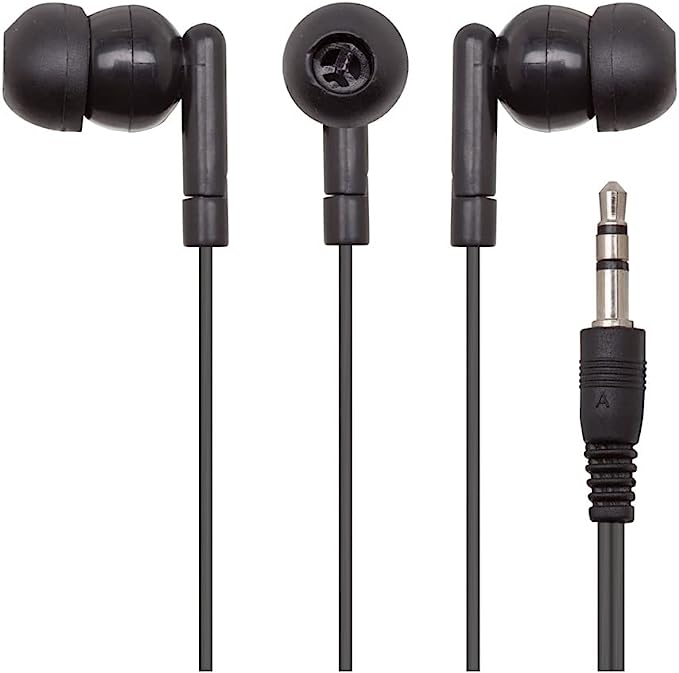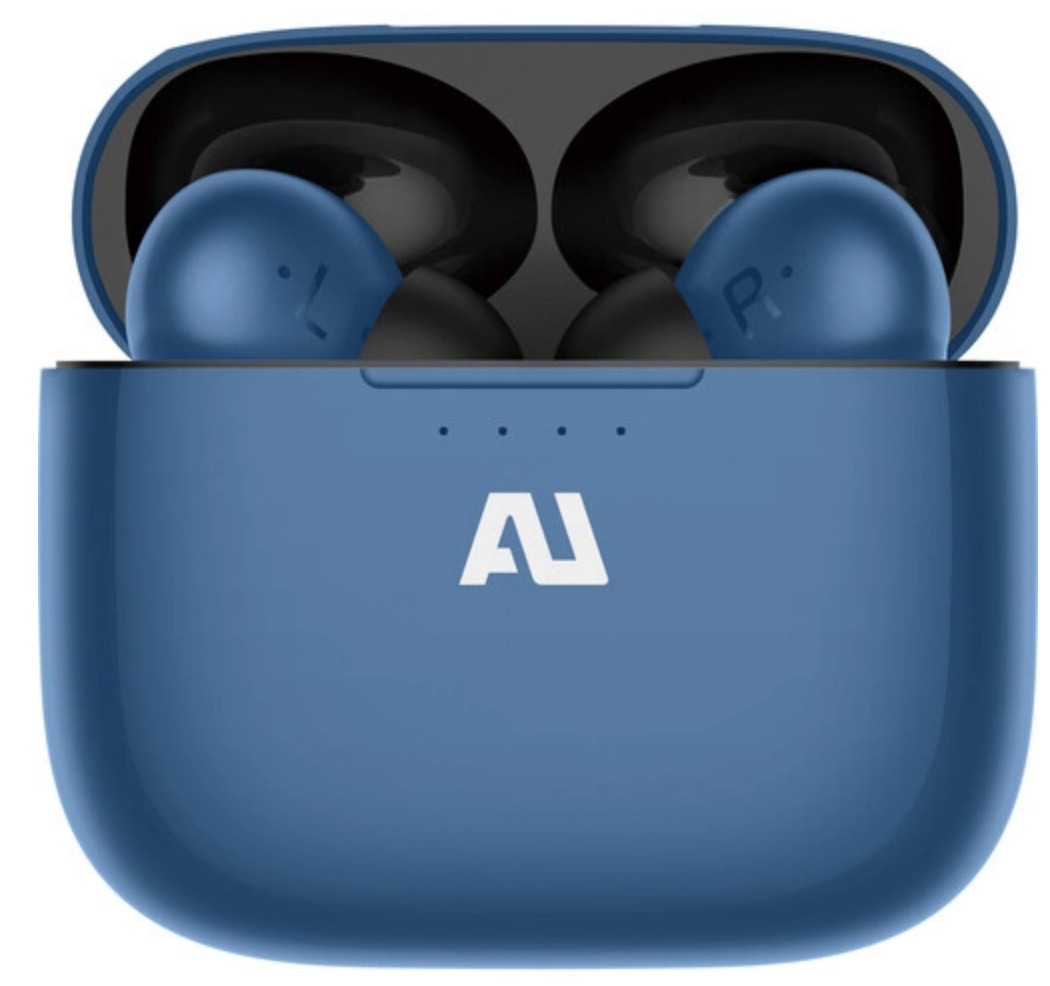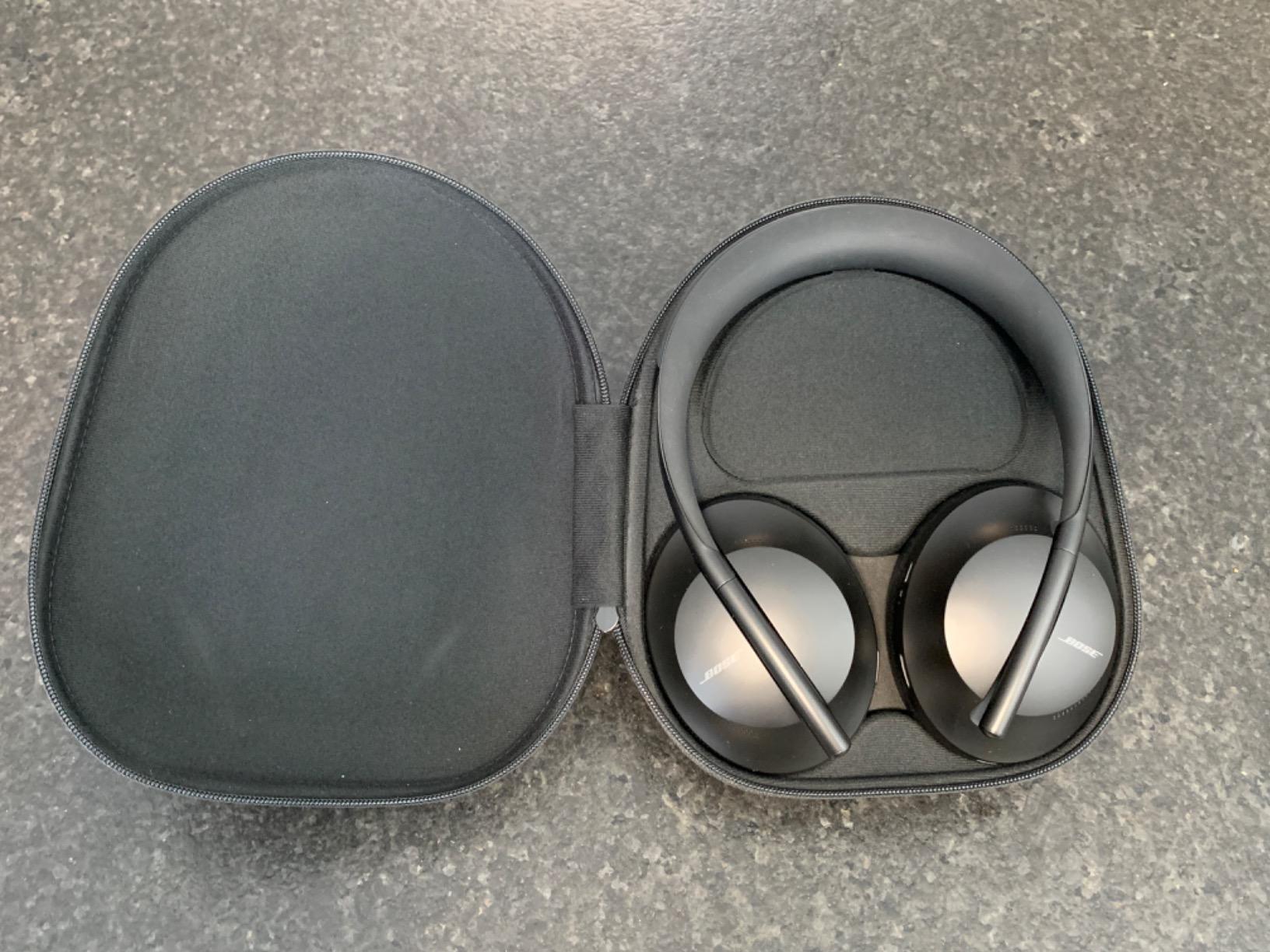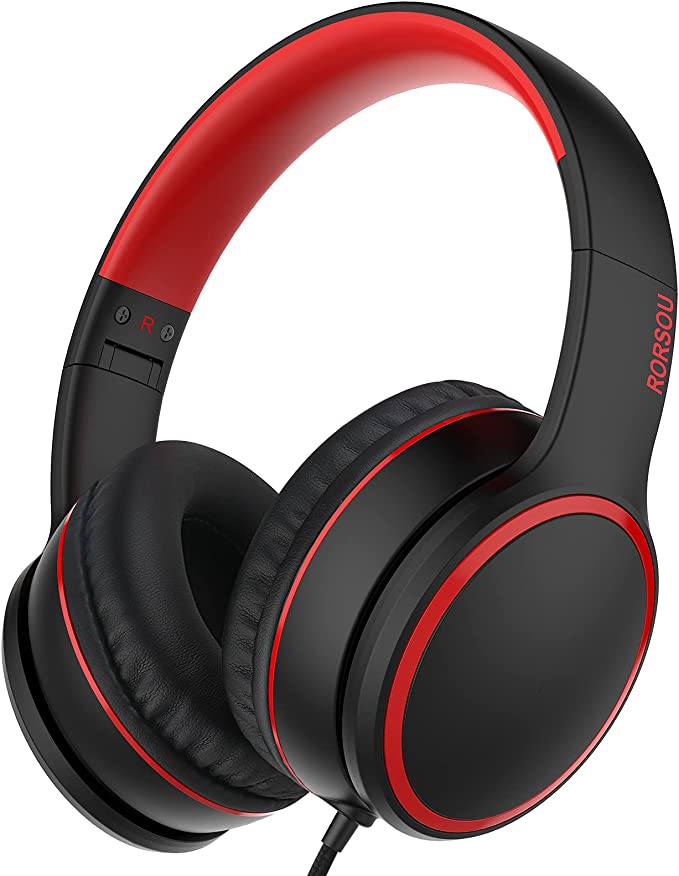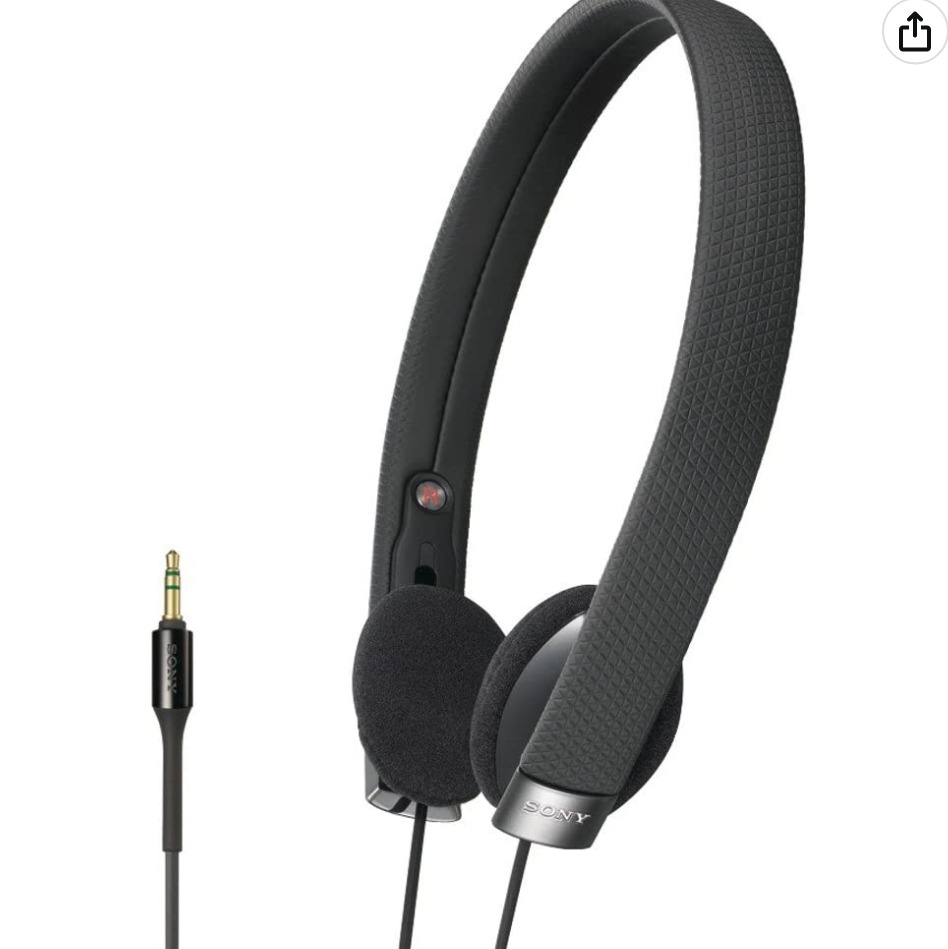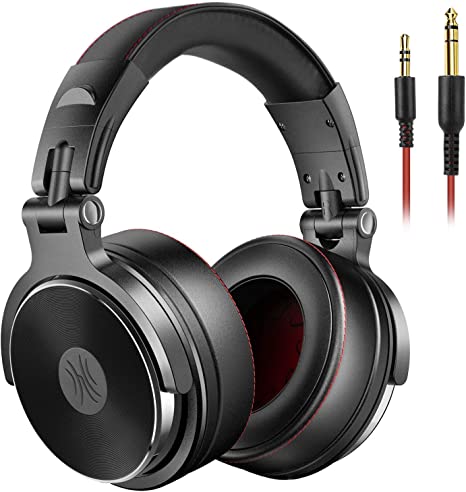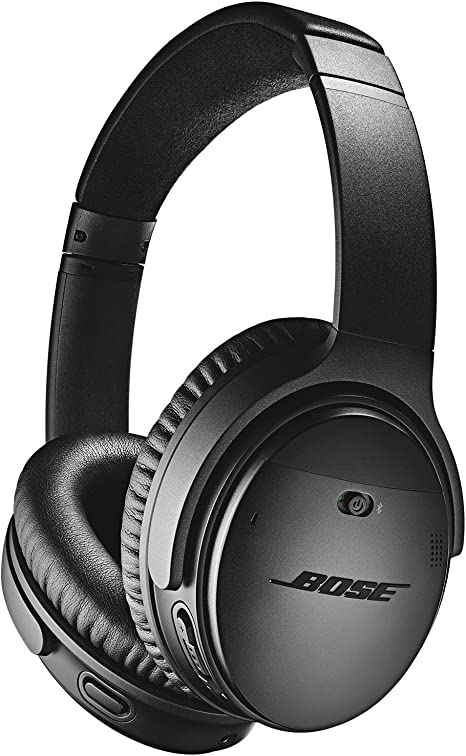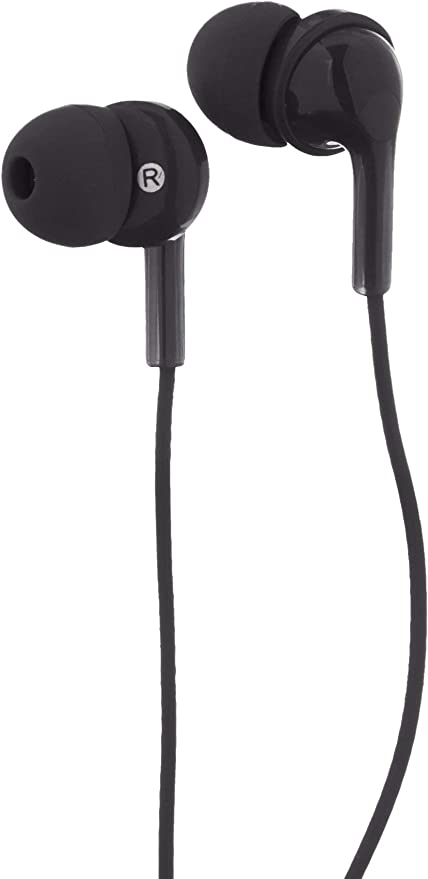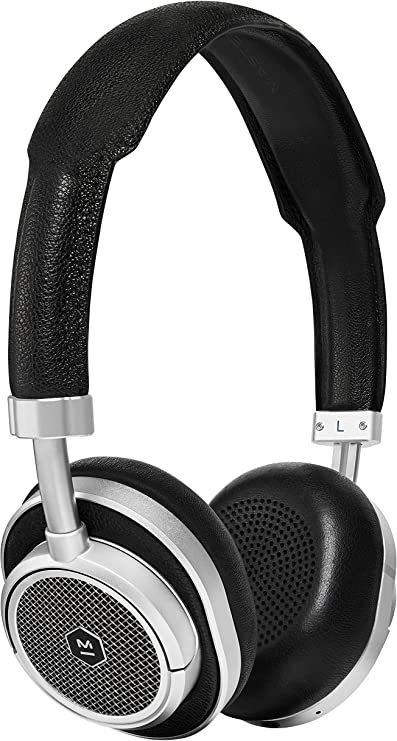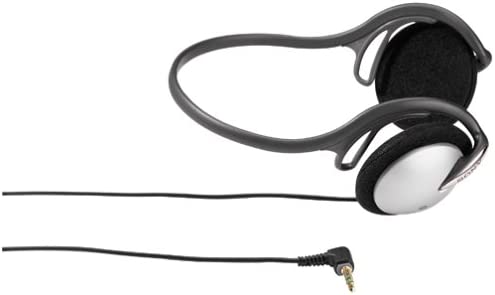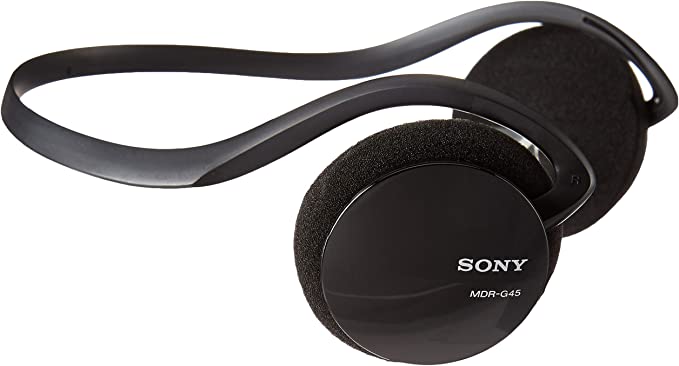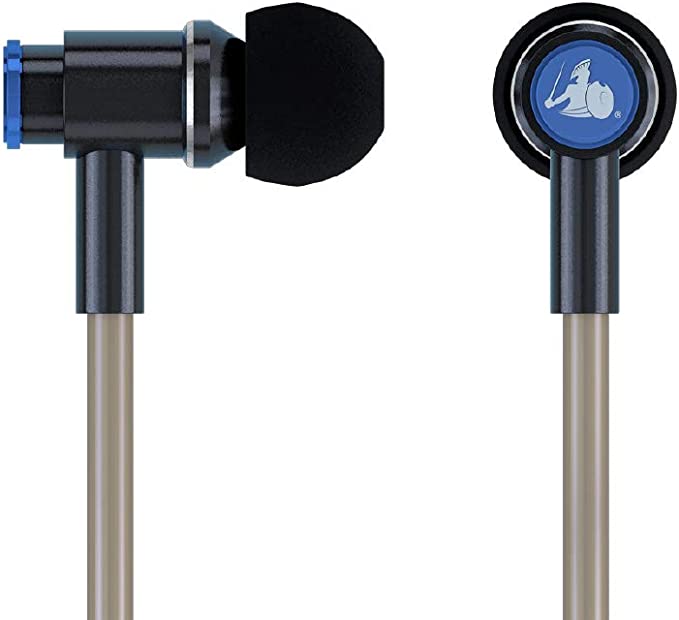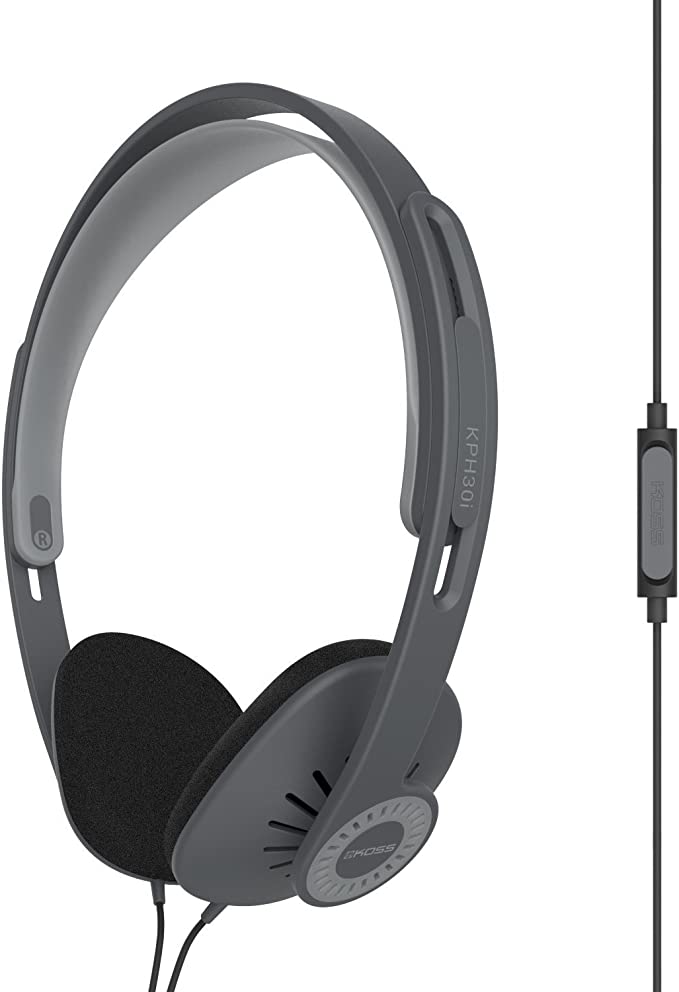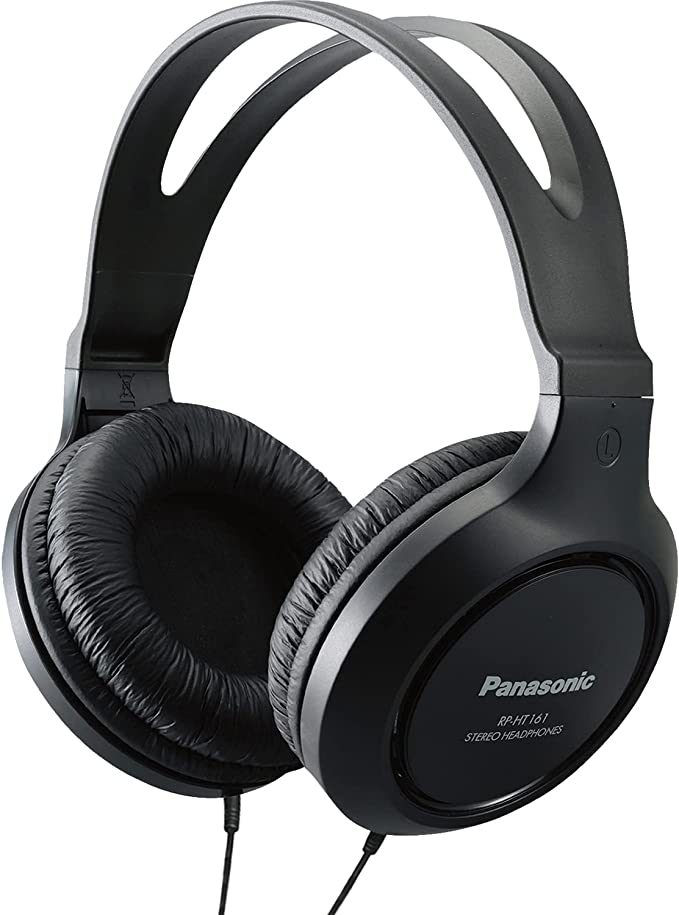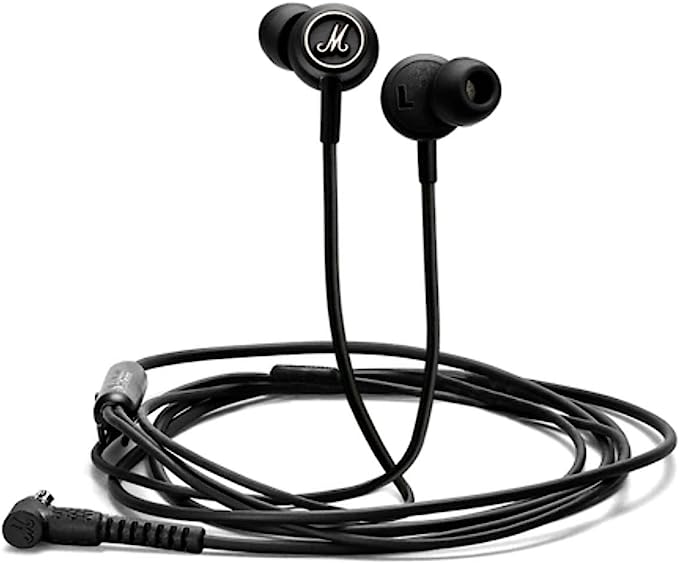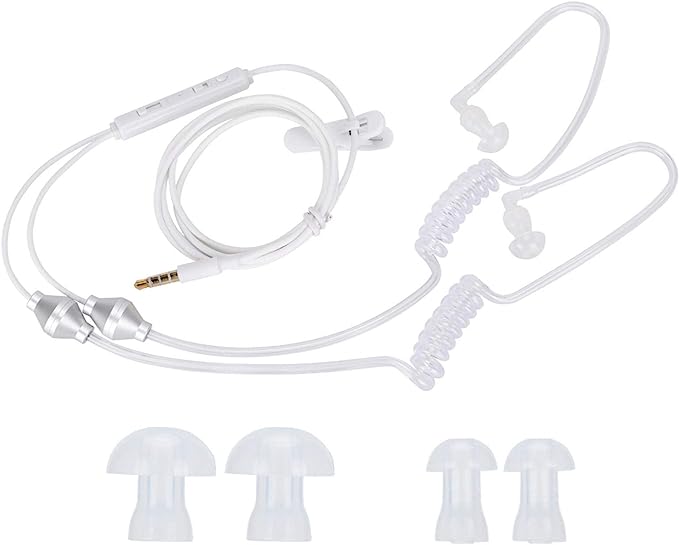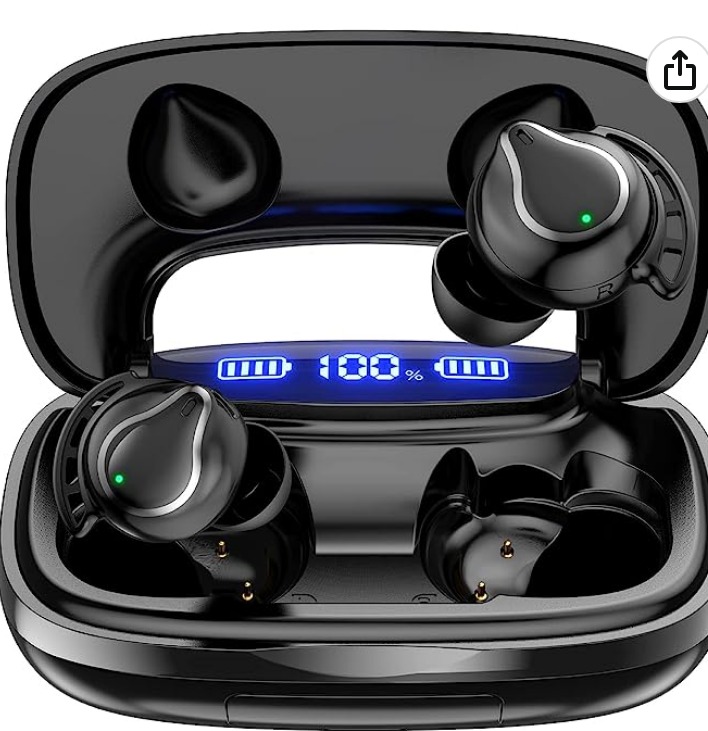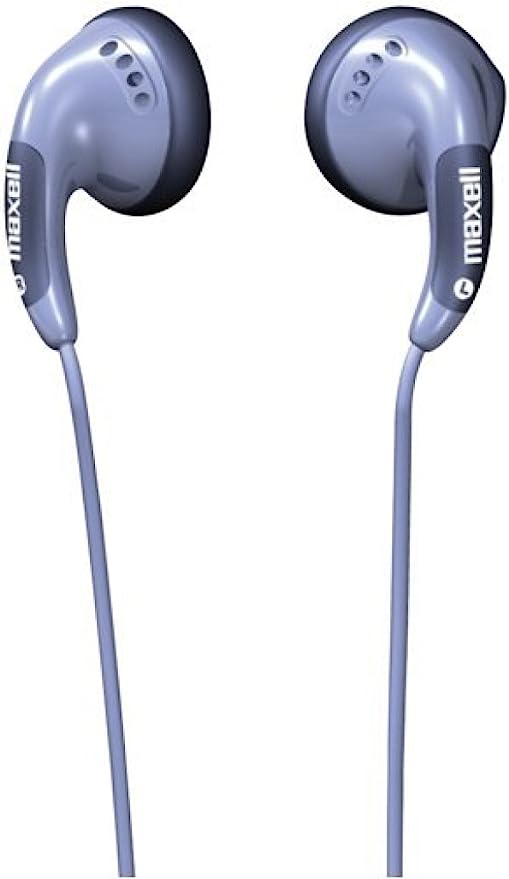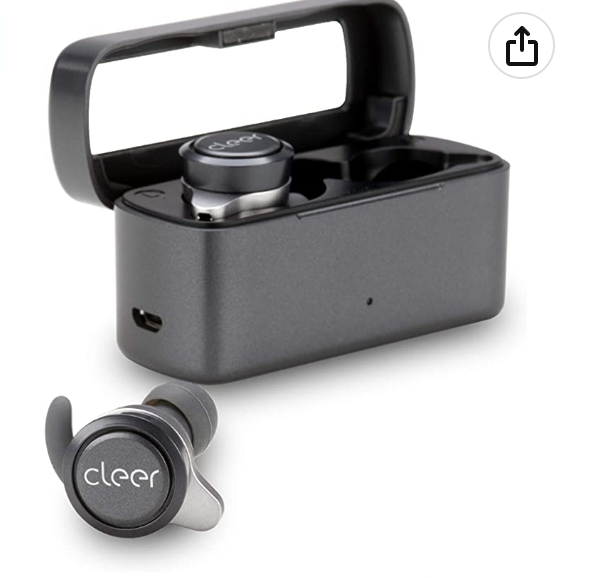ThinkWrite TW-100 ERGO Headphones: Comfort and Durability for Students & Professionals
Update on March 21, 2025, 4:49 a.m.
We live in a world saturated with sound. From the moment we wake up to the time we go to sleep, many of us rely on headphones – for music, podcasts, online classes, video conferences, and more. But how often do we stop to consider the impact of these hours of headphone use on our ears, not just in terms of sound quality, but also comfort? The subtle ache, the pressure, the eventual relief when you finally take them off – these are all signs that your headphones might not be as well-suited to your ears as you think. Prolonged discomfort isn’t just an annoyance; it can lead to fatigue, headaches, and even long-term issues.

Decoding the Ear: A Journey into Human Hearing
Before we dive into headphone design, let’s take a quick tour of the amazing organ that makes hearing possible: the human ear. It’s a complex structure, far more intricate than it appears from the outside. The visible part, the pinna or auricle, is shaped to capture sound waves and funnel them into the ear canal. This canal leads to the eardrum, a thin membrane that vibrates in response to sound. These vibrations are then transmitted through three tiny bones in the middle ear – the malleus, incus, and stapes – to the cochlea, a fluid-filled, snail-shaped structure in the inner ear.
Inside the cochlea, thousands of tiny hair cells convert the vibrations into electrical signals that are sent to the brain via the auditory nerve. It’s the brain that ultimately interprets these signals as sound. The shape and sensitivity of the ear, particularly the outer ear and ear canal, vary significantly from person to person. This is why a pair of headphones that feels perfectly comfortable to one person might be unbearable to another.
The Comfort Conundrum: What’s Wrong with Most Headphones?
Many headphones, especially on-ear and over-ear models, are designed with a one-size-fits-all approach. The earcups are often perfectly circular or oval, and they sit flat against the head. The problem is, our ears aren’t perfectly circular or oval, and they don’t sit flat against our heads! They protrude at an angle.
This mismatch between headphone design and ear anatomy can lead to several problems:
- Uneven Pressure Distribution: Flat earcups tend to press more firmly against certain parts of the outer ear, creating pressure points that can become painful over time.
- Ear Fatigue: The constant pressure can cause fatigue and discomfort, making it difficult to wear headphones for extended periods.
- Poor Seal: If the earcups don’t align properly with the ear canal, it can result in a poor seal, leading to sound leakage and reduced sound quality.

ThinkWrite’s ERGO Approach: Angled for Comfort
This is where the ThinkWrite TW-100 ERGO headphones take a different approach. The “ERGO” in the name stands for ergonomic, and it’s not just a marketing buzzword. The key feature of these headphones is the angled earcups. They’re specifically designed to match the natural angle of the human ear.
What difference does this make? Imagine wearing a pair of shoes that are perfectly straight, even though your feet are slightly curved. They might fit, but they wouldn’t be comfortable for long. The angled earcups on the TW-100s are like shoes that are contoured to the shape of your feet. They distribute pressure more evenly across the outer ear, reducing pressure points and minimizing fatigue. This allows for hours of comfortable listening, whether you’re a student attending online lectures, a professional in back-to-back virtual meetings, or someone simply enjoying their favorite music on a long commute. The lightweight design also contributes to this comfort. Heavier headphones can put strain on the neck and head, leading to discomfort over time. The TW-100s, with their flexible frame, are designed to be light and unobtrusive, allowing you to focus on the audio, not the hardware.
Beyond Comfort: The Science of Sound in the TW-100
While comfort is paramount, sound quality is equally crucial. After all, what’s the point of comfortable headphones if the audio is subpar? The ThinkWrite TW-100s don’t just rest on their ergonomic laurels; they’re engineered to deliver a clear and balanced sound experience.
At the heart of any headphone is the driver, the component that transforms electrical signals into the sound waves we hear. The TW-100 utilizes 30mm drivers. The size of the driver isn’t the only factor determining sound quality, but it’s a good starting point. Generally, larger drivers can move more air, which can potentially lead to a richer, more powerful sound, especially in the lower frequencies (bass). However, the 30mm size is a sweet spot, providing a good balance between portability, comfort, and sound quality. It’s large enough to deliver a full sound, but not so large that it makes the headphones bulky or heavy.
Beyond the driver size, the frequency response is a critical aspect of headphone sound quality. Frequency response refers to the range of frequencies (from low bass to high treble) that a headphone can reproduce, and how accurately it reproduces them. An ideal frequency response would be “flat,” meaning that the headphones reproduce all frequencies at the same level, without emphasizing or de-emphasizing any particular range. In reality, most headphones have some degree of coloration, meaning they might boost the bass, emphasize the vocals, or have a slightly brighter treble.
The TW-100s are described as having an “optimized audio curve.” This suggests that ThinkWrite’s audio engineers have carefully tuned the frequency response to achieve a specific sound profile. While the exact details of this curve aren’t publicly available (without detailed testing), the description implies a balanced sound that avoids excessive bass boosting or harsh treble, making it suitable for a wide range of audio content, from spoken word to music. A balanced sound signature is particularly important for educational settings and professional use, where clarity and accuracy are paramount.
Built to Survive: The Durability Factor
Headphones, especially those used by students or in demanding environments, often lead a tough life. They get tossed into backpacks, dropped on floors, and subjected to all sorts of accidental (and sometimes intentional) abuse. This is where the ThinkWrite TW-100’s focus on durability comes into play.
One of the most common points of failure for headphones is the cable. Constant bending, twisting, and pulling can eventually damage the wires inside, leading to intermittent sound or complete failure. The TW-100 addresses this with a chew-resistant fabric cable. While the exact material isn’t specified, it’s likely a braided fabric design, which is inherently more resistant to kinking, fraying, and damage than standard plastic-coated cables. This seemingly small detail can significantly extend the lifespan of the headphones, especially in environments where they’re handled roughly.
Beyond the cable, the overall construction of the TW-100s is designed for resilience. The ergonomic frame is described as both strong and flexible. This is a crucial combination. Strength is needed to withstand impacts and pressure, while flexibility allows the headphones to bend and twist without breaking. This is particularly important for on-ear headphones, which can be more susceptible to damage than over-ear models if they’re accidentally sat on or crushed.

Headphones for Every Scenario: From Classroom to Conference Call
The combination of comfort, sound quality, and durability makes the ThinkWrite TW-100 ERGO headphones suitable for a wide range of applications:
-
The Student Life: Online learning has become increasingly prevalent, requiring students to spend hours each day wearing headphones. The TW-100’s comfortable design minimizes distractions caused by discomfort, allowing students to focus on their studies. The durable construction is also a major plus, given the often-chaotic environment of student life. Whether it’s listening to lectures, participating in virtual discussions, or studying with music, these headphones are up to the task.
-
The Professional World: Remote work and virtual meetings are now commonplace. The TW-100s provide a comfortable and reliable audio solution for professionals who spend a significant portion of their day on calls or in virtual conferences. The balanced sound ensures clear communication, and the comfortable design prevents fatigue during long meetings. It’s crucial to remember, however, that the standard TW-100 model does not include a microphone. For voice calls, the TW100-20 (20-pack) which includes microphones, would be the appropriate choice.
-
Everyday Listening: Beyond education and work, the TW-100s are also a solid choice for everyday listening. Whether you’re enjoying music, podcasts, or audiobooks, the comfortable fit and balanced sound make for an enjoyable experience.

Protecting Your Hearing: The Importance of Safe Listening
While we’ve focused on the features of the TW-100 headphones, it’s crucial to remember that how we use headphones is just as important as the headphones themselves. Prolonged exposure to loud sounds can cause permanent hearing damage. This damage is often gradual and painless, so it’s easy to underestimate the risk.
Here are some essential tips for safe listening:
- The 60/60 Rule: A good rule of thumb is to listen at no more than 60% of the maximum volume for no more than 60 minutes at a time.
- Listen for the Warning Signs: If you experience ringing in your ears (tinnitus) or muffled hearing after using headphones, it’s a sign that the volume was too loud.
- Use Noise-Reducing Headphones Wisely: While the TW-100s offer some passive noise isolation due to their on-ear design, they are not actively noise-canceling. In very noisy environments, it’s tempting to crank up the volume to overcome the background noise. However, this can be dangerous for your hearing. Consider using active noise-canceling headphones (a different product category) in those situations, but always be mindful of your surroundings and avoid excessively loud volumes.
- Take Breaks: Give your ears regular breaks from headphone use.
A Sound Investment: Considering Long Term Value
The ThinkWrite TW-100 ERGO headphones represent a thoughtful approach to headphone design, prioritizing comfort, durability, and sound quality. While they may not have all the bells and whistles of high-end, feature-packed headphones, their focus on the fundamentals makes them a compelling choice for students, professionals, and anyone who values a reliable and comfortable audio experience. The ergonomic design, robust construction, and balanced sound offer a combination that’s often missing in budget-friendly headphones. By addressing the common pain points of headphone use, the TW-100s provide a solution that’s not just about listening, but about listening well and comfortably for the long haul. They’re an investment in your auditory well-being and productivity.
